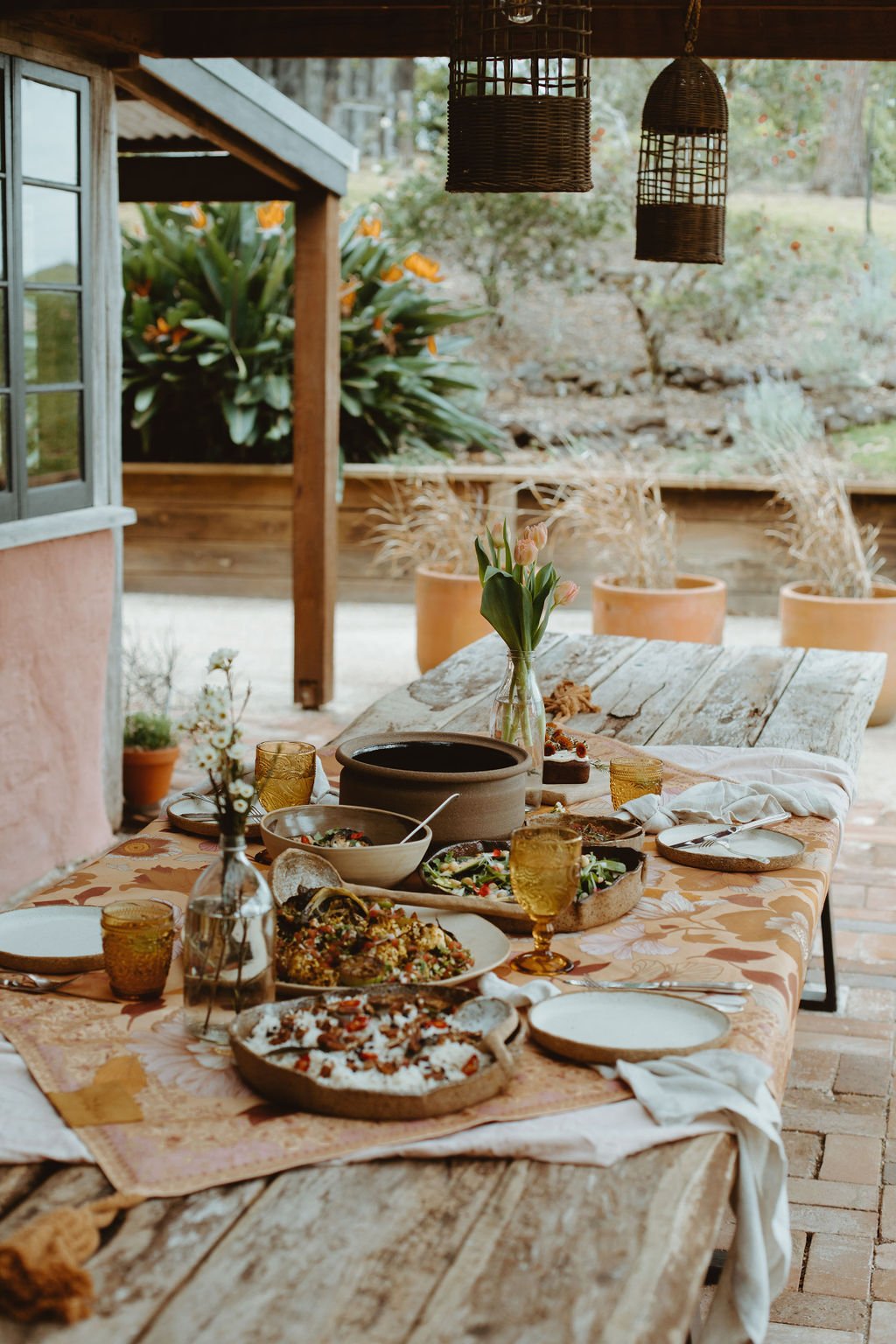A chef’s guide to elevating your dish and spring salad recipe
I am often asked… ‘How do I become a better cook?’
I see people following recipes instead of truly understanding how ingredients and methods work. So once a month, I'm going to share with you the alchemy of cooking. That way you can start creating in the kitchen with confidence.
This month we are chatting about the importance of
texture and colour
Discover your inNer chef
The art of cooking extends far beyond mere taste. While flavour remains the cornerstone of any memorable dish, two often overlooked elements play crucial roles in elevating a meal from ordinary to extraordinary: colour and texture.
These sensory components engage not just our taste buds, but our eyes and sense of touch as well, creating a holistic dining experience that delights multiple senses. By understanding colour and texture, you can transform culinary creations, adding depth, interest, and excitement to every plate. Let's explore how these elements can be harnessed to turn a simple meal into a captivating gastronomic journey.
COLOUR
We often say- you will have flavour and a balanced meal if your plate is filled with colour. If you are unsure how to elevate your dish think visually. Your eyes will let you know what you need and your taste buds will thank you.
Nutritional diversity: Different colors in fruits and vegetables typically represent various phytonutrients and vitamins. So by having a variety of colours or creating a variety of nutrition. For example:
Red: Often indicates lycopene (tomatoes, watermelon)
Green: Usually rich in chlorophyll and often folate (leafy greens)
Orange/Yellow: Typically high in carotenoids (carrots, sweet potatoes)
Appetite stimulation: Vibrant colors can increase appetite and make food more appealing.
Flavor expectation: Color can set expectations for taste. For instance, we might expect a red sauce to be spicy or tomato-based.
Plating techniques:
Contrast: Using complementary colours (e.g., green and red) can make dishes pop.
"Texture and color are the silent storytellers of cuisine, transforming mere ingredients into a sensory masterpiece that delights the eyes, engages the palate, and nourishes the soul.”
Texture
Texture adds depth to the eating experience and can significantly impact enjoyment:
Mouthfeel categories:
Crispy/Crunchy (e.g. raw vegetables, nuts and seeds)
Creamy/Smooth (e.g. mashed potatoes, avocado, tahini sauce)
Chewy (e.g. dried fruits, sourdough bread )
Tender (e.g.,sautéed mushrooms, slow-cooked meats, sauerkraut)
Brittle (e.g. kale chips, maple walnuts)
Texture contrasts:
Combining different textures can create interest. For example, a smooth soup with crunchy seeds or yogurt with granola
Temperature and texture:
Temperature can affect texture perception. For example; yogurt on curries.
Cooking methods and texture:
Different cooking techniques produce various textures (e.g. roasting vs. steaming vegetables)
Texture modifiers:
Ingredients like nuts and seeds can quickly add textural interest to dishes.
Layering:
Building dishes with multiple texture components creates a more complex and satisfying eating experience.
Macadamia and quick pickled fennel salad
This is a really easy recipe that shows off how texture can really elevate a simple dish. You can find more recipe’s like this in our cookbook ‘Anything’s Possible’.
Ingredients
3 cups mix greens (300g), washed
1 cup fennel (300g), thinly sliced
3 tbsp apple cider
1 medium avocado, thinly sliced
1/2 cup fresh mint (100g), picked
1/2 cup fresh parsley (100g), picked
1/2 cup fresh basil (100g), picked
1/4 cup macadamias (200g)
salt
olive oil
edible flowers
Method
Place the fennel into a small bowl and cover with apple cider and 1 tsp salt. Leave for 15 minutes.
On a dry medium fry pan add macadamias. Place on a low to medium heat. Fry for 5 minutes or until lightly browned. Set aside to cool.
To make salad, using a flat platter, add mix greens, herbs,1 tbsp of the liquid from the fennel and 2 tsp of olive oil. Combine well . Then add pickled fennel, avocado and macadamias.







